Filing a personal injury claim can often feel overwhelming. Many people do not file injury claims even if they’re entitled to compensation simply because they’re unsure of the steps to take in addressing these legal matters. Personal injury lawyers help clients address these issues.
Here are some useful tips on how to file a personal injury claim for your accident.
What is a Personal Injury Claim?
Personal injury is a legal term that includes physical or nonphysical harm to an individual. This injury might have occurred because of the negligence of an individual, group, or business or this person’s or groups deliberate misconduct.
Both physical and nonphysical injuries may be eligible for compensation in the form of money. This monetary compensation is referred to as damages.
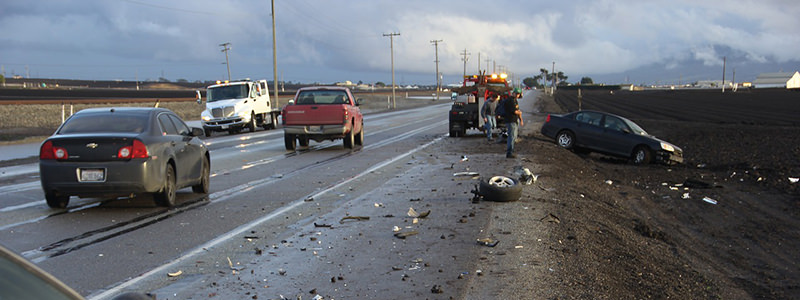
Types of Personal Injuries
Generally, the law in states like Oregon classifies personal injury into these categories:
- Car accidents
- Truck accidents
- Motorcycle accidents
- Pedestrian or bicyclist accidents
- Premises liability including: tripping/slipping and/or falling
Note: These types of personal injury cases are most often classified by referring to the causes of a personal injury.
Things You Should Know before Making a Personal Injury Claim
1. Don’t expect that your claim is an automatic win
The majority of personal claims must be initiated within two years of the accident or injury. Some claims have shorter limits. If you feel you might have a claim it is important to contact a personal injury lawyer immediately to discuss the possibility of a claim.
In order to file a claim, you must be able to prove that there was negligence by an individual, business, group or organization or that someone group business or organization is guilty of deliberate misconduct.
If the accident was your fault or no one is to blame, then you have no personal injury claim. It’s important to discuss your situation with an experienced attorney who specializes on personal injury claims.
There may be partial blame on both sides. If you and another party are each to blame then you may still have a claim. In Oregon, as long as you were less at fault than the other party you are able to recover for your injuries.
2. Personal injury claims are time sensitive
Depending on the state where you live, the majority of personal claims must be initiated within two years of the accident or injury. Some claims have shorter limits. If you feel you might have a claim it is important to contact a personal injury lawyer immediately to discuss the possibility of a claim.
3. Keep careful dated notes about the accident or injury
If you decide to file a personal injury claim, your attorney must have details about the accident or injury.
Your personal injury lawyer will need to know:
- How the accident or injury occurred.
- The date and time of the injury or accident.
- The location of the accident or injury: address, company.
- The manner of your injuries and medical treatment you received.
- Names and addresses of anyone involved including witnesses.

4. Collect data
Photographs and/or video are very helpful in supporting your claim.
- The accident location
- Accident cause for example: an uneven sidewalk, a hidden obstacle, a road pothole, a broken step, a defect in the walkway, a wet floor…
- Damage to your and other vehicles
- Property damage
- Your injuries- cuts, scrapes bruises, etc.
5. Measure it
If you’ve had an accident that involved tripping, slipping, and/or falling taking measurements and photographs is helpful to your personal injury claim.
6. Report it
If your accident occurred in a store or mall, report it to the mall manager and/or store employee/owner and be sure it is recorded by them.
Do these before you leave the business, shop, store or mall. Note the time and to whom you reported the accidents. to
If this is a road accident, call the police. Carefully exchange all registration numbers, insurance information, details of those involved and any witnesses.
Obtain a copy of the police report. All road accidents must be reported to the police and to your insurance company.
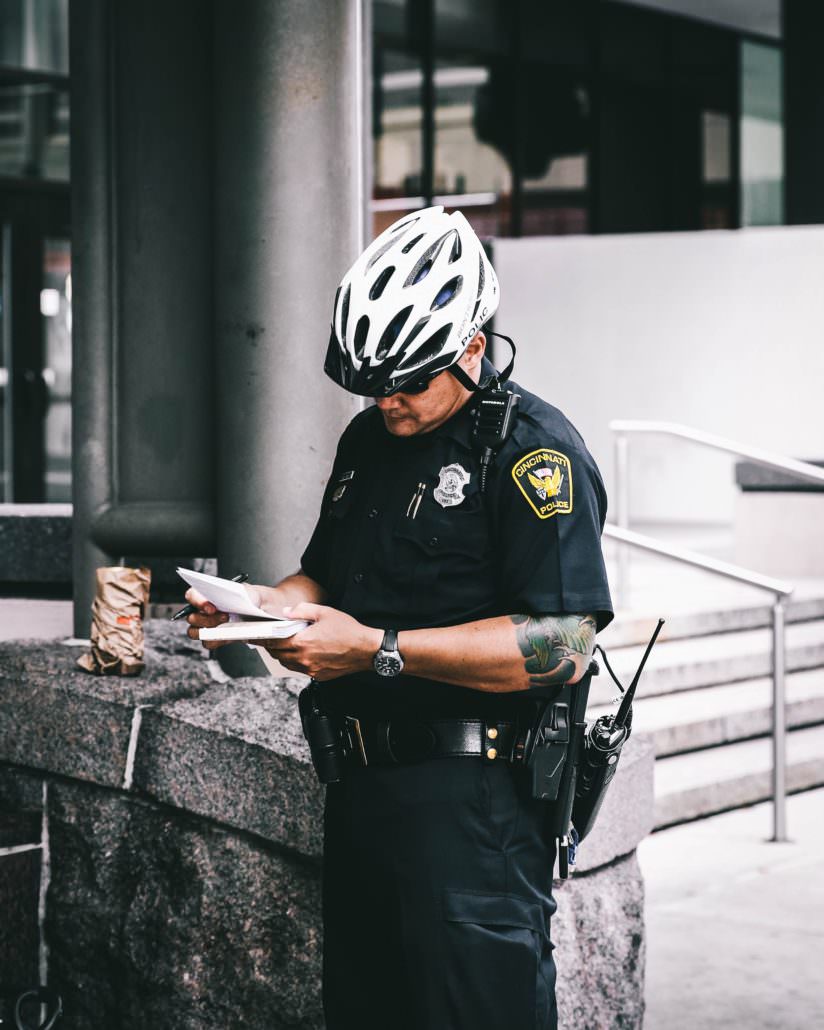
7. Keep receipts of your losses and expenses
If you are making a claim your personal injury lawyer will need receipts of your expenses as a result of this personal injury. These might include: medical costs, travel expenses, missed work, items that were damages.
8. Collect medical records of your injury
You need medical evidence to support your claim.
If your injury required transport by ambulance keep those receipts. If you consulted your doctor, get a copy of that visit and expenses. If your doctor prescribed anything as a result of the injury, keep those receipts. If you needed assistive equipment like crutches, a sling, a walker, or a wheelchair keep those receipts.
Talk to your personal injury attorney. He/she may want you to be seen by an independent physician to get a report of your injuries.
9. Keep daily notes of your post-accident health
Note especially how you are feeling, how much pain resulted from your injury and how this injury has affected your daily life activities.
If you are receiving home or other care, keep notes of personnel, type of care, date, duration of that care.
Record lifestyle effects like disruption of sleep, hobbies, work, social activities…

10. Keep your eye on the ball!
You may be contacted by a building owner, vehicle owners, or insurance firms encouraging you to take a settlement. It’s important to know that those you are suing or even thinking of suing and their insurers are looking out for themselves. Your welfare is not what they care about.
Often insurers “low ball” claims to get rid of them. NEVER settle without the representation of your personal injury lawyer. He/she has your best interests. Listen to the advice of your personal injury lawyer.
Conclusion
If you feel you might have a personal injury claim, give us a call. Ryan Hilts would be pleased to help you with the process of filing a claim.
At Ryan Hilts Law, we offer initial-meeting advice about whether you have a personal injury claim at no charge. If you decide to proceed, we will show you how to file with the greatest chance of getting you full compensation for damages. Moreover, our firm will work with you every step of the way.
As an experienced Oregon personal injury attorney, I know how to get you the money you deserve.

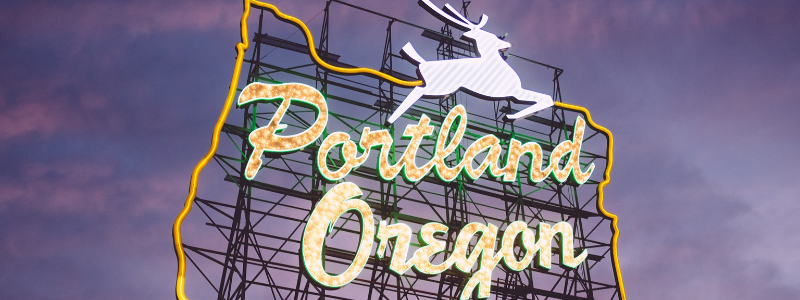
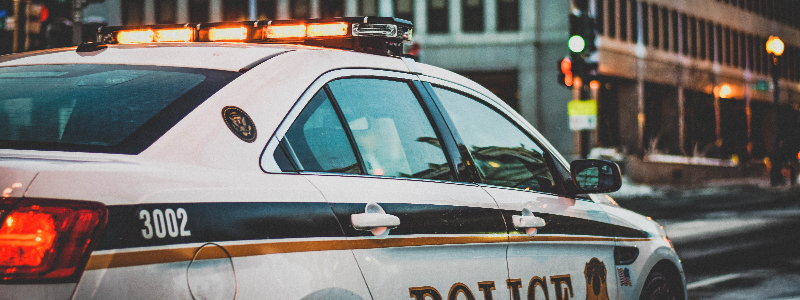

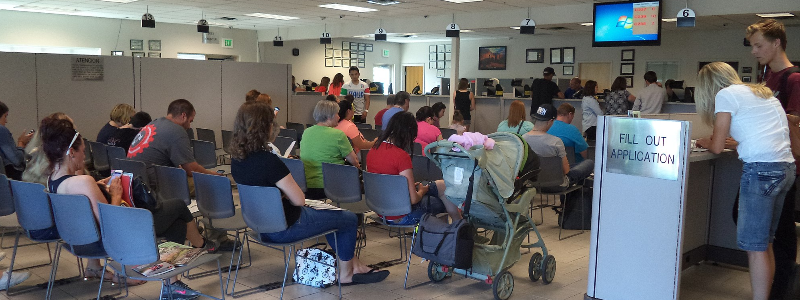
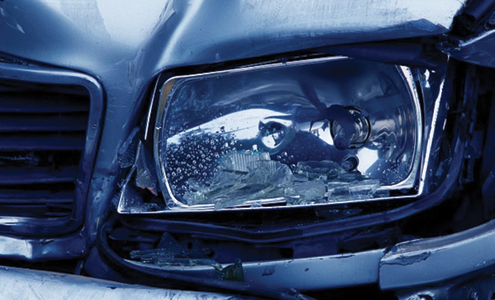 Very often an insurance company or their insured driver will admit fault in causing an accident. In other cases it is often easy to determine the fault of the other party because they were driving-under-the-influence, or they were speeding, or they failed to stop at a light, etc.
Very often an insurance company or their insured driver will admit fault in causing an accident. In other cases it is often easy to determine the fault of the other party because they were driving-under-the-influence, or they were speeding, or they failed to stop at a light, etc.
